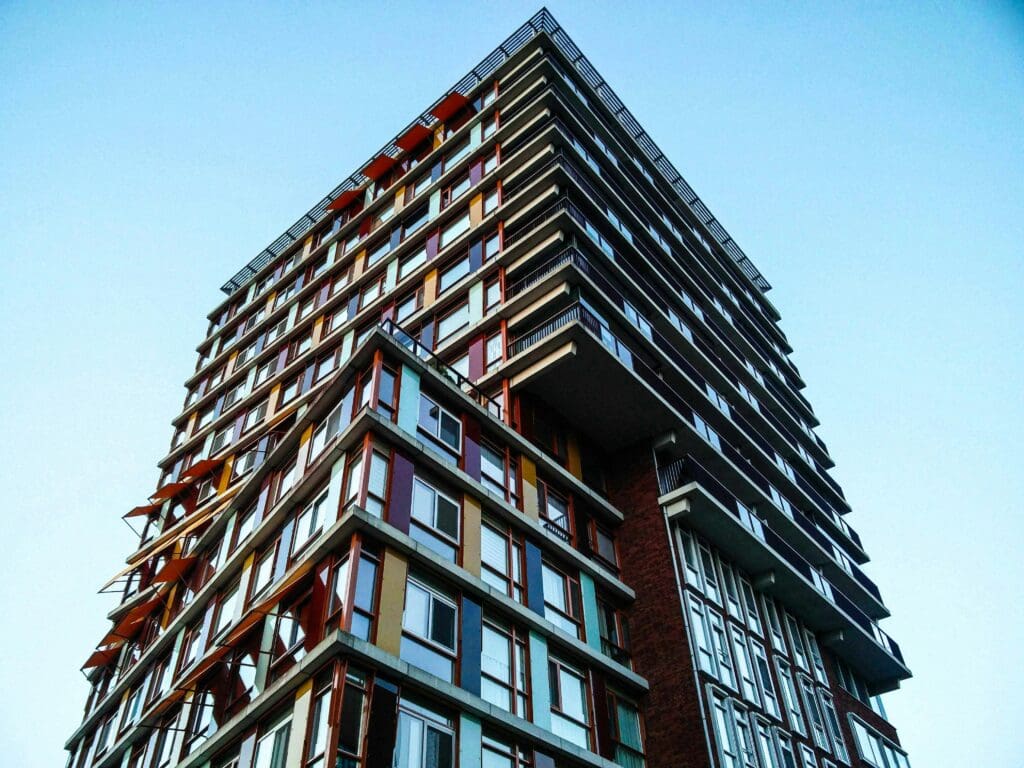What is Right of First Refusal?

Estimated reading time 5 minutes
If you currently own a leasehold flat in the UK, you may have come across the term “Right of First Refusal” in your lease contract. Along with a host of other terms, it may have passed you by. However, it’s an important piece of property jargon to understand, as it could put you in the position of freeholder (sort of.)
The Right of First Refusal gives leaseholders the legal right to buy the freehold of the building before the freeholder sells it to someone else. Set out in law through the Landlord and Tenant Act 1987, it helps flat owners have more control over their homes rather than find themselves under the management of a new landlord who may try to implement unfavourable changes to the block.
If you are a leaseholder or freeholder, this blog will answer the common questions regarding the Right of First Refusal, so you know exactly what to do should you consider buying or selling a freehold.
When does Right of First Refusal apply?
Not all flat owners can benefit from the Right of First Refusal, and not all freeholders are obliged to provide it. Certain criteria must be in place for a Right of First Refusal to be actionable. These include:
- The landlord must be planning to sell the freehold OR a significant interest in the building.
- The building must have at least two flats.
- More than 50% of occupants must be qualifying tenants.
- The building is not exempt (some flats, such as those owned by housing associations or local councils, are)
If these conditions are met, the landlord MUST offer the freehold to the leaseholders first before they can sell on the open market.
It should also be noted that the Right of First Refusal only applies to the “immediate landlord.” This means that only the landlord receiving rent or ground rent can exercise it. If a freeholder owns the block of flats and gives the lease of the building to someone else, who then issues individual leases for each property within the block, it is the individual or company holding the individual leases who must provide a right of first refusal.
The original freeholder remains able to dispose of the freehold without offering it to the homeowners or the landlord who granted the individual leases.
What makes a qualifying tenant?
A qualifying tenant under Right of First Refusal (RFR) is a leaseholder who holds fixed or periodic tenancies, but NOT short hold or assured tenancies. Businesses, agricultural tenancies and those dependent on employment are also excluded, as are individuals who are leaseholders or tenants of three or more properties in the block.
How does Right of First Refusal work?
The Right of First Refusal works with the landlord/freeholder starting the process:
- Landlord serves a Section 5 notice to all qualifying leaseholders. This will outline the terms of the sale and the proposed price for the freehold.
- Leaseholders respond to the notice. They have at least 2 months to decide if they wish to accept the offer. If they do, at least 50% of qualifying tenants must be involved.
- Leaseholders form a company or appoint a purchaser. If the leaseholders decide to buy the freehold or the immediate landlord's interest in the building, they must form a company or nominate a person to be the purchaser. They then take on the responsibility of managing the building.
- Landlord must sell to leaseholders. If the leaseholders have responded within the deadline and comply with the process, the landlord must sell the building to them.
What happens if the leaseholders decline the Right of First Refusal?
If the leaseholders do not wish to accept the landlord's offer or miss any deadlines, the landlord is free to sell their interest in the building to someone else for the same or better terms. They cannot sell it at a cheaper price or with more preferential terms to a new landlord within 12 months of originally offering it to the current leaseholders. If they wish to reduce the price or make the offer more appealing to potential landlords, they must present this new offer to the current leaseholders.
What if the landlord doesn’t offer the Right of First Refusal?
If the landlord sells the freehold without offering it to the leaseholders first, they might be committing a criminal offence. Leaseholders could apply to the court and force the new owner to sell the freehold to them. In addition, they may have a justifiable claim for damages.
Is Right of First Refusal the same as collective enfranchisement?
No. The Right of First Refusal applies when the landlord is choosing to sell their building or an interest in it. Collective enfranchisement applies when leaseholders attempt to buy the freehold, whether the landlord plans to sell or not.
If you are a landlord and have decided it’s time to sell, we can help. We regularly help landlords sell tenanted property fast, and in many cases, facilitate the quick sale of property portfolios too. With two fast routes to sale and proof of funds available, you can secure the rapid sale you need if you want a swift exit from being a landlord. Contact us today to learn more.



